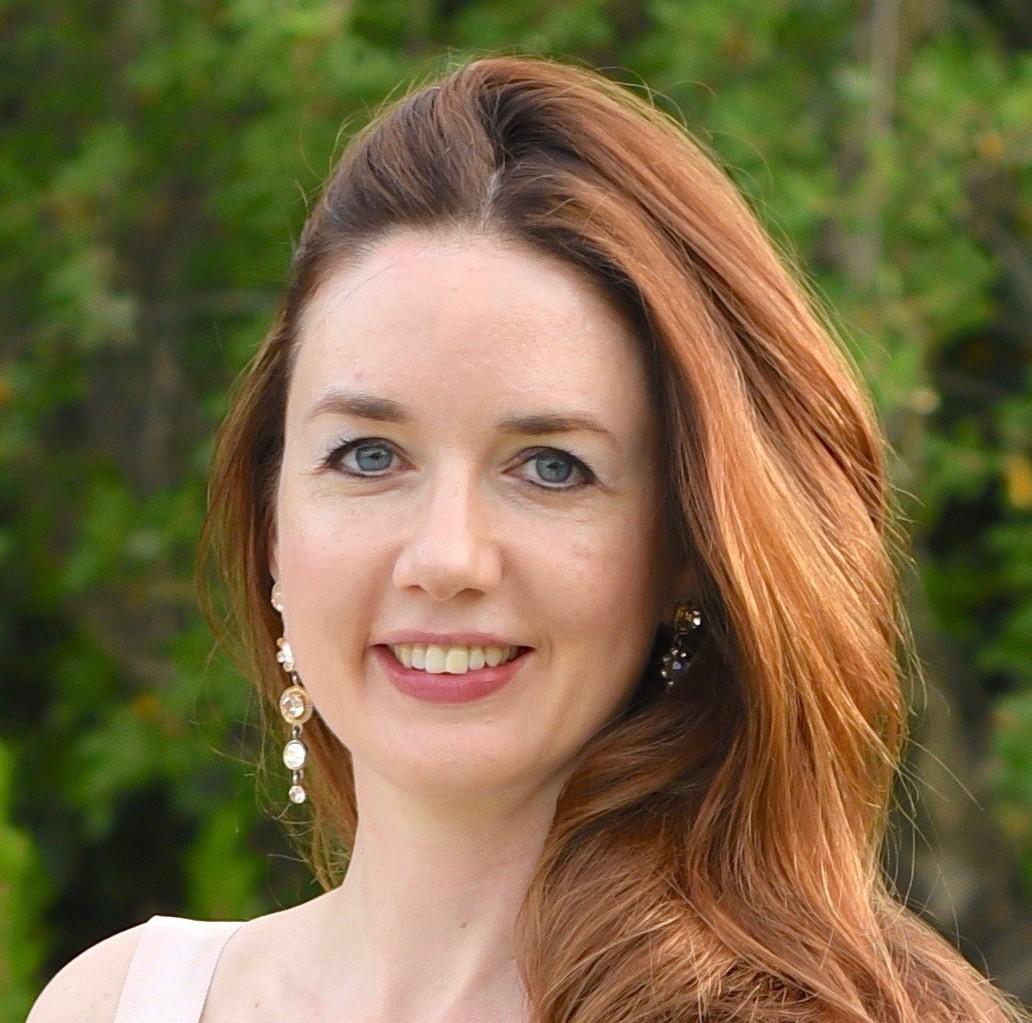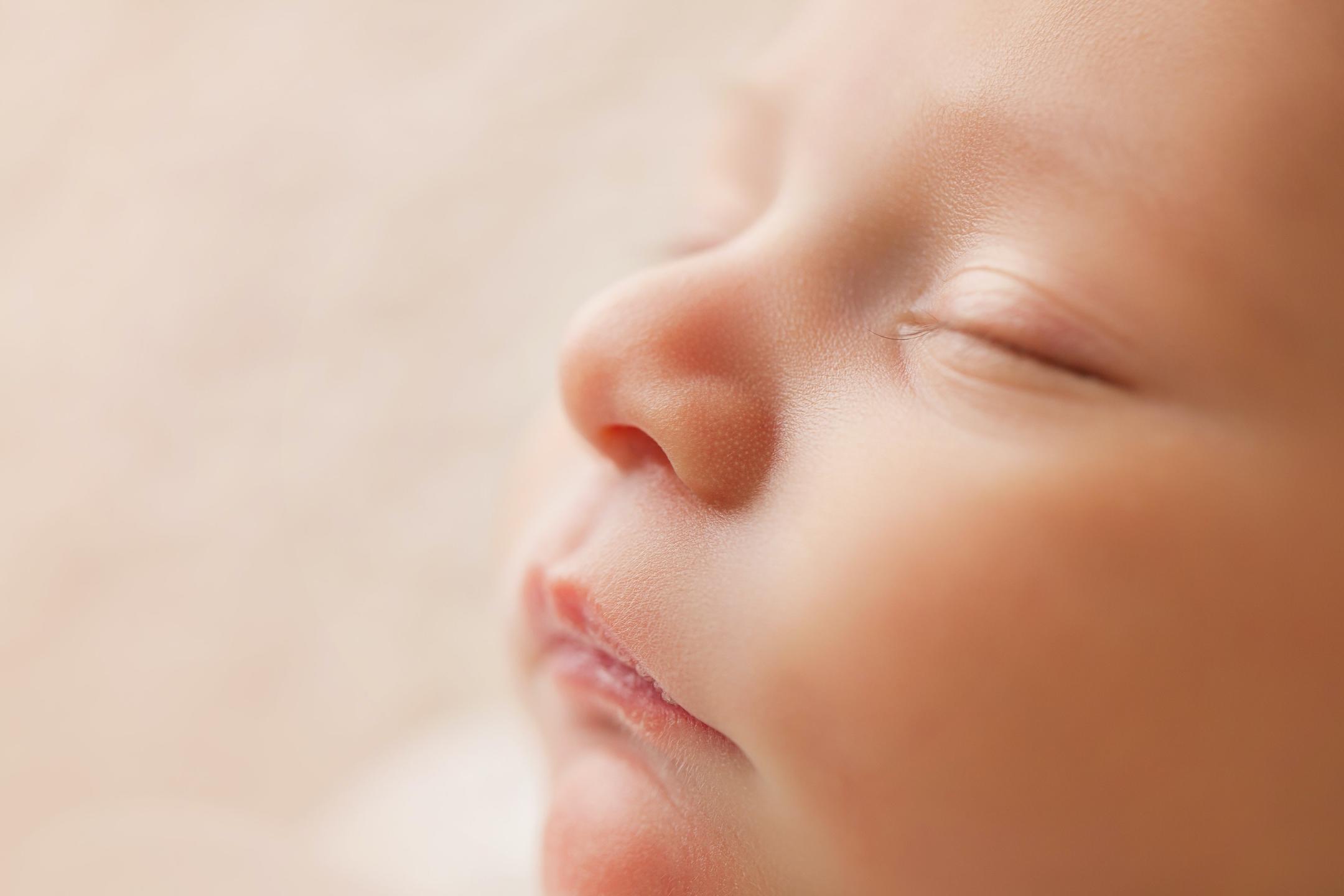Positional plagiocephaly (flat spots on a baby’s head)

By Angela Wilson
Certified child sleep consultant, MA Natural Sciences Cambridge University and co-founder of Baby Smiles Club
One of the most important things you can do to help a baby sleep safely, and to help prevent SIDS, is to place a baby for sleeping on their back (see our ‘Sleeping Safely’ article).
Having a firm mattress is another component of sleeping safely. Firm mattresses retain their shape better, and won’t indent or conform to a baby’s shape so easily, and so reduce the risk that a baby could suffocate or get stuck in an indentation. Firm mattresses are also needed to properly support a baby’s growing spine and bones.
Now, given that a baby’s mattress should be firm, and that babies have soft skulls and spend a lot of time sleeping, some babies can develop flat spots on their head from sleeping on their back. The medical term for this is positional plagiocephaly.
How can you help to prevent this?
1) One of the best ways is to give your baby tummy time when awake. Tummy time is really important for babies. It helps them develop their motor skills, and builds muscle and strength. And it means a break from lying on their back. Tummy time should always be under direct adult supervision and your baby should be awake at all times.

2) Watch to see whether your baby tilts their head to one side or the other when they’re sleeping, or whether they sleep with their head directly up. If they tend to sleep in one position, you can help them by very gently tilting their head when they’re asleep, so the pressure isn’t always on the same part of their head.
3) If you notice that your baby turns their head to look at things whilst falling asleep, then you can change the direction in which they sleep (so one night their feet are at one end of the cot, and the next night at the other end).
If you notice your baby is developing a flat spot, then speak to your medical advisor as soon as you can. It’s very common and please don’t feel guilty, or that you’ve done anything wrong. Some babies have a tendency to sleep in a particular position, and this could be because of tight neck muscles.
A medical advisor can help you work out whether your baby might need to see a physio or other specialist.
Our Baby Sleep Program explains everything you need to know about your baby’s sleep, including how to create a safe and cosy sleep environment. Our program is a modern, gentle and caring approach to baby sleep. It's based on the most up-to-date science about how babies sleep, and designed to strengthen the parent-baby bond.

